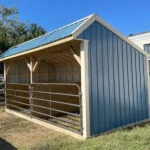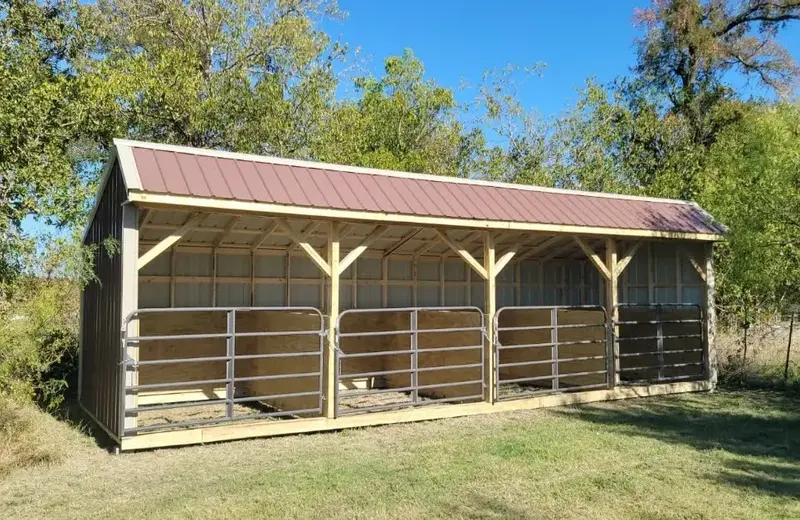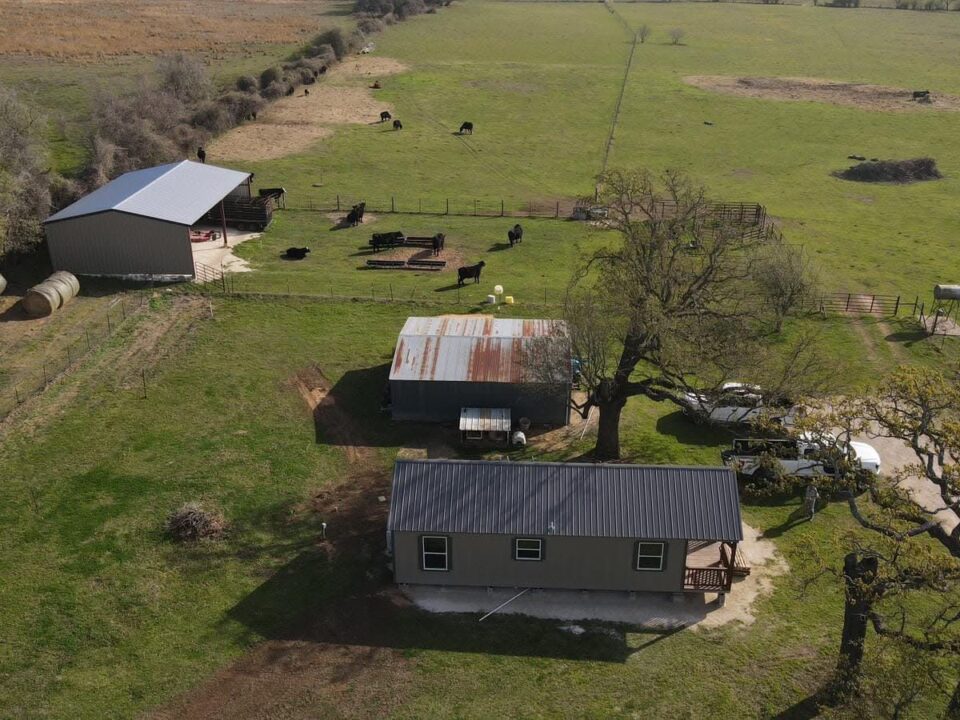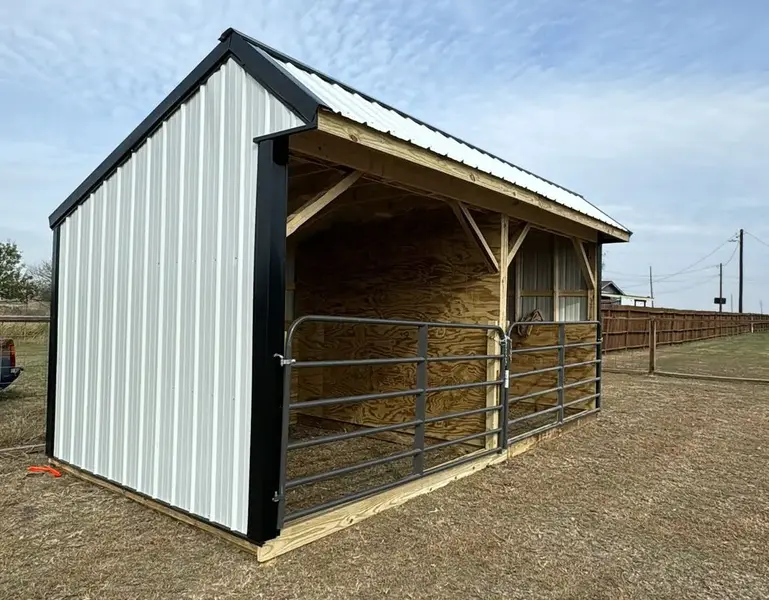
Building a Shelter for Your Horses: What You Need to Know
May 31, 2025
Why Your Animals Deserve More Than Just a Shed: Wolf Valley’s Approach
June 2, 2025💨 The Importance of Proper Ventilation in Animal Shelters
When you think about building an animal shelter, the first things that come to mind might be walls, roofing, and durability—but ventilation? It’s often overlooked. And yet, it plays one of the most critical roles in keeping your animals healthy and your shelter functioning as it should.
At Wolf Valley Buildings, we don’t just build strong, weatherproof animal shelters—we build them to breathe. Ventilation isn’t a luxury; it’s a necessity. In this blog, we’ll explore why proper airflow is essential, how poor ventilation can harm your animals, and what design features make a real difference.
Let’s dive into why ventilation is the unsung hero of animal shelter design. 🐾🌬️
Why Is Ventilation So Important in Animal Shelters?
Animal shelters house living, breathing creatures—creatures that sweat, exhale moisture, produce waste, and generate heat. All of that activity leads to a buildup of heat, moisture, ammonia, and airborne bacteria if it’s not ventilated properly.
Poor ventilation can result in:
Respiratory issues and lung infections
Excessive moisture, leading to mold and rot
A buildup of ammonia from urine
Heat stress or hypothermia
Unpleasant, unhealthy living conditions
Now imagine this happening in a sealed, poorly ventilated shed during a Texas summer. Not only is it unsafe—it’s inhumane.
Signs of Poor Ventilation
If you’re already using an animal shelter, here are a few signs that the airflow may not be working:
Condensation on windows or inside walls
Musty or sharp ammonia smells when you enter
Animals consistently staying outside the shelter
Mold, mildew, or warped wood
Increased coughing, nasal discharge, or respiratory illness in animals
If you notice any of these red flags, it’s time to take a closer look at your ventilation system.
How Proper Ventilation Benefits Your Animals
✅ Improved Respiratory Health
Good airflow helps remove airborne irritants like dust, dander, and ammonia, all of which can lead to chronic issues in horses, goats, chickens, and dogs.
✅ Temperature Regulation
Ventilation helps keep your structure cooler in summer and prevents stagnant air in winter.
✅ Dry Bedding and Flooring
Less moisture in the air means drier bedding, which prevents hoof problems, rot, and disease.
✅ Pest and Insect Control
A fresh-air environment is less appealing to flies, mites, and rodents, which thrive in damp, smelly conditions.
✅ Better Feed and Hay Storage
Dry, ventilated shelters prevent feed spoilage and mold growth.
What Makes Good Ventilation in a Shelter?
A properly ventilated shelter isn’t just one with open doors—it’s one with a well-thought-out system for air intake, air movement, and air exhaust.
Here’s what we include in Wolf Valley shelters:
Open-front designs (loafing sheds): Allow animals to come and go freely while maximizing natural air movement
Ridge vents or gable vents: Let rising heat and moisture escape
Strategic window placement: Creates cross-ventilation for barns or enclosed shelters
Overhangs and eaves: Direct water away while allowing airflow underneath
Interior airflow channels: Especially important for multi-stall or divided shelters
Every element is designed to keep air moving—not just during ideal weather, but in real-world farm conditions.
Seasonal Ventilation Tips
In the Summer:
Open all available vents, windows, and doors
Install fans in enclosed shelters if needed
Use shade structures to reduce radiant heat
In the Winter:
Keep vents open to reduce moisture buildup (don’t seal the shelter too tight)
Use breathable insulation materials
Raise bedding off the ground where possible
Animals generate body heat—but that doesn’t mean they need to be in a stuffy, sealed-up box. Even in winter, they benefit from fresh, moving air.
Built-In Ventilation in Every Wolf Valley Shelter
Ventilation isn’t an upgrade—it’s built into every animal shelter we design. We work with you to understand:
What animals you’re sheltering
Your regional climate
The layout of your land and sun exposure
Whether you need portable, seasonal, or year-round use
From custom loafing sheds to multi-bay shelters with tack storage, we design airflow into the bones of the structure—so you don’t have to worry about it later.
👉 Want more practical tips? Read:
How to Maintain Your Animal Shelter
The Benefits of Custom Animal Shelters
What Makes Wolf Valley Animal Shelters Stand Out
And check out our Animal Shelter Page for inspiration and pricing.
Final Thoughts: Don’t Overlook the Air They Breathe
You wouldn’t want to spend your days in a stuffy, hot, moldy building—neither do your animals. Proper ventilation doesn’t just make a shelter more comfortable—it makes it safer, cleaner, and more effective over the long haul.
And at Wolf Valley Buildings, we make sure it’s part of every structure we deliver.




